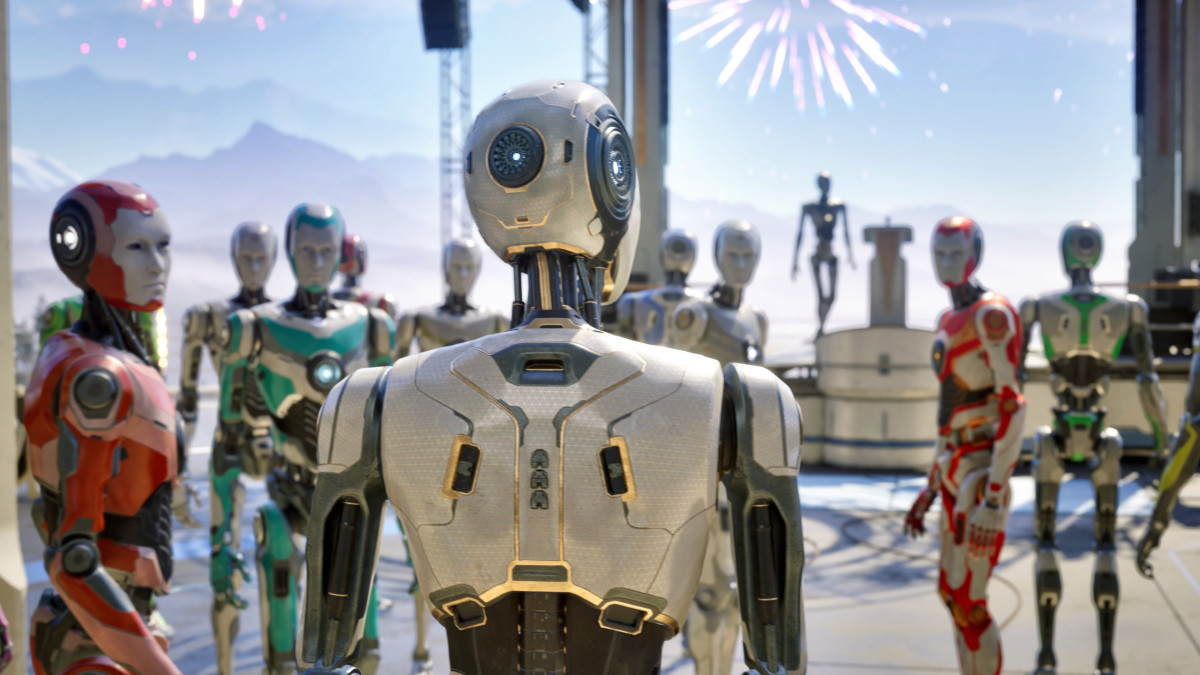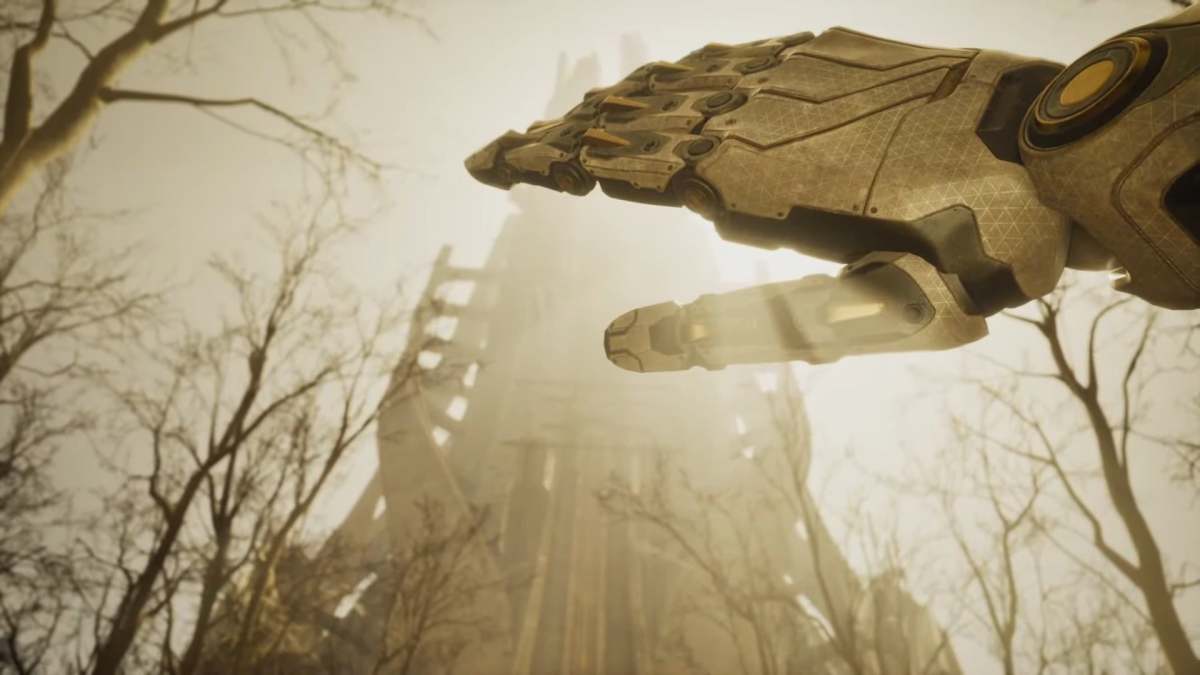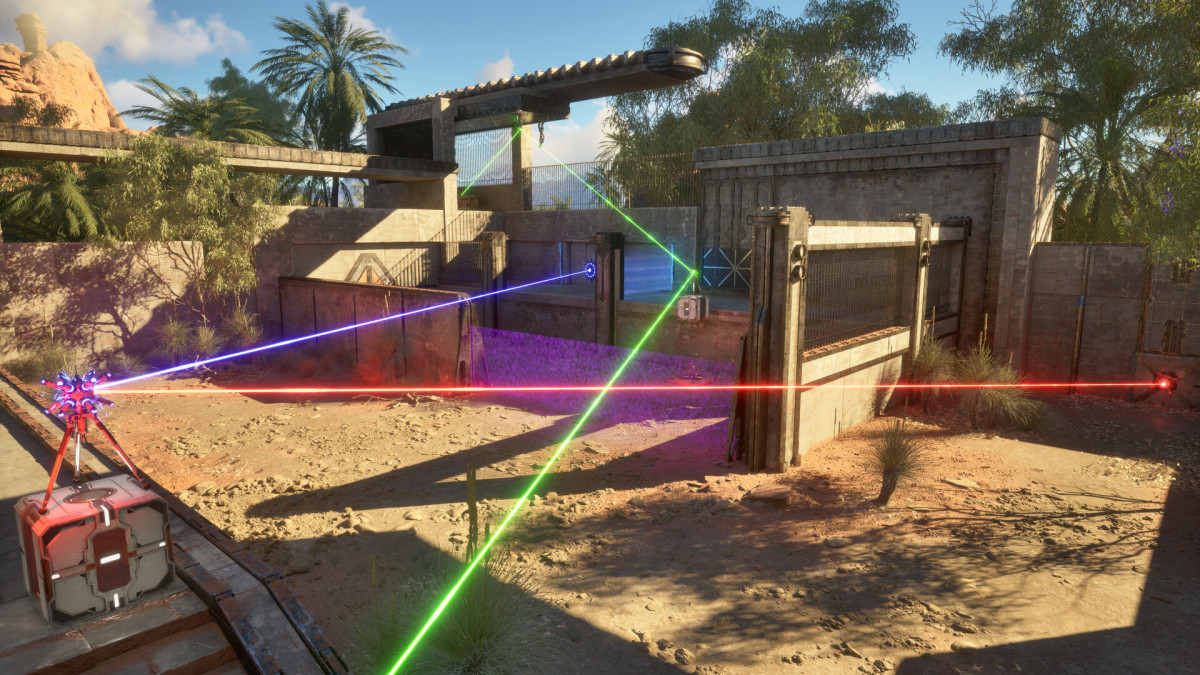The Talos Principle 2 has fantastic puzzles, but a lifeless world

Once or twice a year I need a good puzzle game to remind me how dumb I really am. Whether it’s the mind-bending visuals of Superliminal, genre-bending gameplay of Toodee & Topdee, or the everything-bending of Baba Is You, I love a game that repeatedly kicks me in the unmentionables and reminds me that I can’t solve even the simplest of logic puzzles.
The Talos Principle fell firmly into the category in 2014, providing plenty of perplexing puzzles despite some rough edges here and there. The Talos Principle 2 will fall into a rather similar bucket, pushing a grander scope with more intricate design across the board, yet it feels very familiar.

After a quick tutorial full of what looks like reused assets from the first game, I’m let loose into the real world of the game, and it makes a grand first impression. This isn’t just a game where you wander from puzzle chamber to puzzle chamber – there’s a full narrative with dialogue options, voice acting, and giant floating godlike figures of dubious origin.
You’re birthed into a society made of synthetic bodies that have human consciousnesses uploaded into them and you have to navigate the expansion of their society and the mysteries of the world in which you live. It’s a vibrant world and the main city is lovely to look at, although exploring it felt quite empty.
Before setting off on the main quest I looked around the city, and it’s not got much going on. There are barely any characters around and even fewer can actually be interacted with. I realize it’s not the point of the game, but if you’re going to establish this place as a thriving society and let me wander around in it, it shouldn’t feel barren like this.

My issues with the worldbuilding and narrative don’t stop there though, as while there are interesting conversations and plot threads early on, they all start to fade into the background as you wander from puzzle to puzzle. That’s not always a bad thing – Portal did it to fantastic effect – but the story and character writing aren’t strong enough to make it work in The Talos Principle 2.
That said, the meat of the game – the puzzles – are still as good as they ever were. I got some time to play around with the old mechanics from the first game, and there are some nice new (but easy) puzzles with them, but eventually I started getting my hands on the new stuff and things started cooking.

The first new idea is the RGB converter, which combines two of red, green, or blue light and converts it into a third. I’m sure you can see where the puzzles go from there as you’ll need to simultaneously power doors and objects with several different colors while using the converters to mix together exactly what you need – this sole puzzle mechanic easily carries over an hour of the game before anything new is introduced.
From there it only gets more complex as the game introduces teleporters, drills, body swapping, and even gravity mechanics – just to name a few – all of which are satisfyingly taught and iterated upon in a carefully crafted difficulty curve.
The team behind The Talos Principle 2 knows how to make good puzzles, it’s as simple as that. If you’re looking for a weighty narrative or world beyond that then you’ll be disappointed, but when it comes to pure puzzling, you’ll be hard-pressed to find a game this year that does it better than this.
